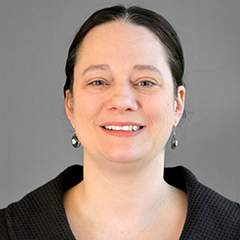A growing body of research indicates that high quality early learning experiences that begin as soon as possible in life can promote young children’s development and help to reduce achievement gaps.
However, little is known about what works for children from birth to age 3 in terms of early learning services. To help identify effective models of early care and education (ECE) services for infants and toddlers, the Office of the Assistant Secretary for Planning and Evaluation, in partnership with the Office of Planning, Research and Evaluation, within the Administration for Children and Families in the U.S. Department of Health and Human Services conducted the Learning about Infant and Toddler Early Education Services (LITES): Identifying What Works and Advancing Model Development.
However, little is known about what works for children from birth to age 3 in terms of early learning services. To help identify effective models of early care and education (ECE) services for infants and toddlers, the Office of the Assistant Secretary for Planning and Evaluation, in partnership with the Office of Planning, Research and Evaluation, within the Administration for Children and Families in the U.S. Department of Health and Human Services conducted the Learning about Infant and Toddler Early Education Services (LITES): Identifying What Works and Advancing Model Development.
The project had two main components:
- A systematic review of the evidence on models of infant/toddler ECE services
- A review of emerging models of infant/toddler ECE services that are compelling to the field, but do not yet have a strong evidence base.
The systematic review identified 15 program models with 50 eligible studies that examined the impact of an out-of-home model of early learning services on children's language, cognitive, and/or social emotional/behavioral development. Four models showed evidence of effectiveness on children's outcomes (Abecedarian, Early Head Start, the Infant Health and Development Project, and the Parent Child Development Centers). These four models were all direct multicomponent models that targeted multiple domains of child development. The first three demonstrated effects on child outcomes well after the intervention ended.
The second phase identified and examined literature on emerging models of infant/toddler ECE services that are compelling to the field but lack rigorous evidence of effectiveness on developmental outcomes. These might be models that have shown impacts on intermediate outcomes, such as classroom quality, or have been replicated in multiple locations, but have not yet undergone a rigorous evaluation to assess impacts on children’s developmental outcomes. Models were identified through a nomination process and discussion with a small group of experts in the fields. Based on prioritization criteria, LITES identified 13 compelling models that show potential for the field but have not been rigorously evaluated.




